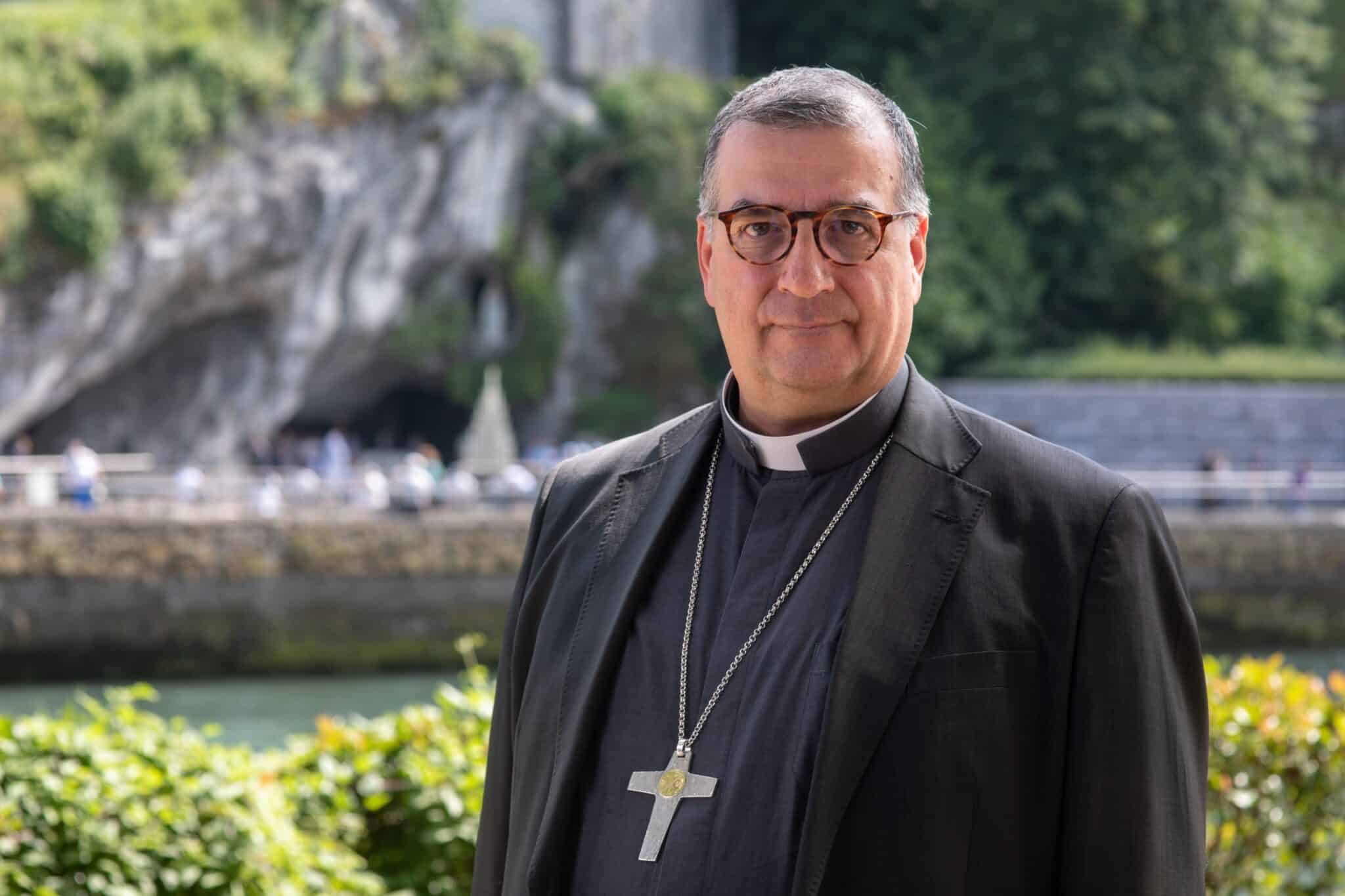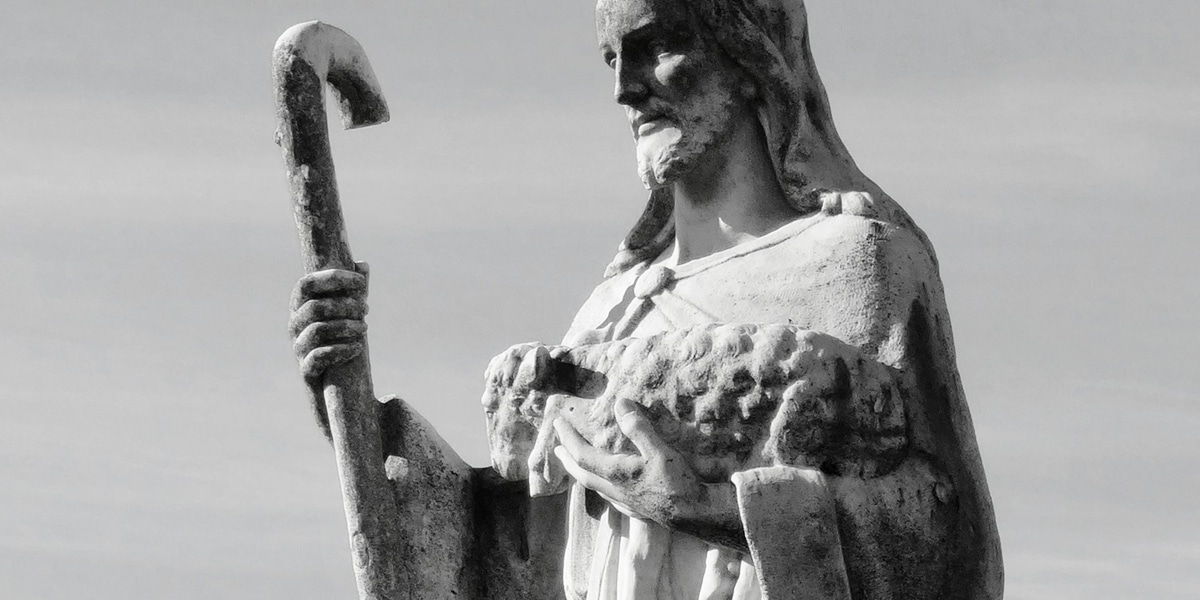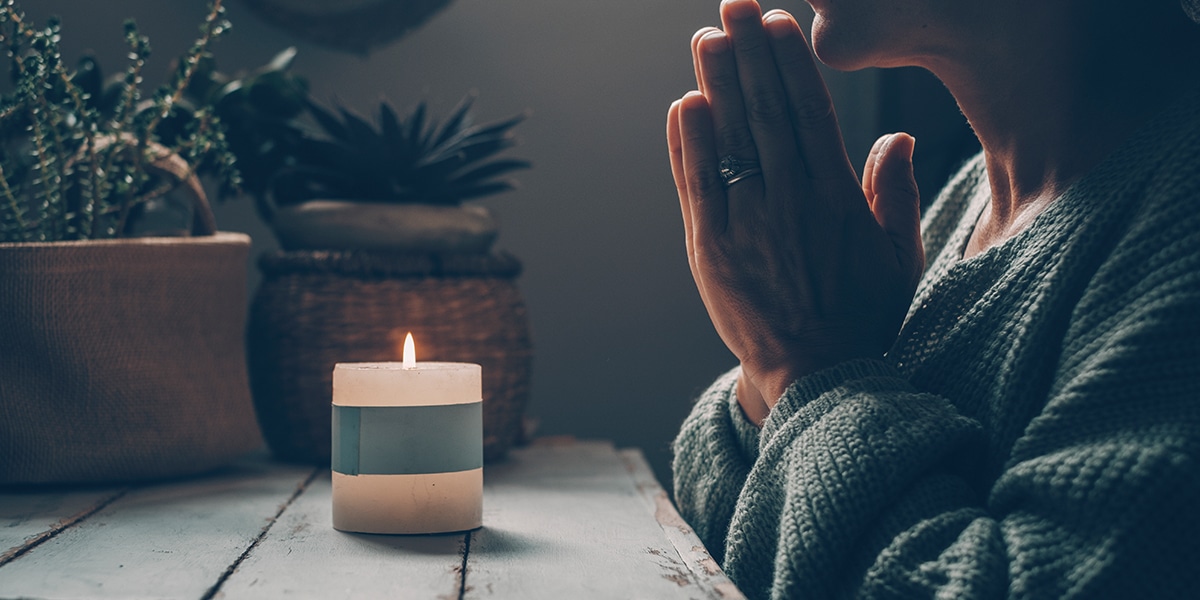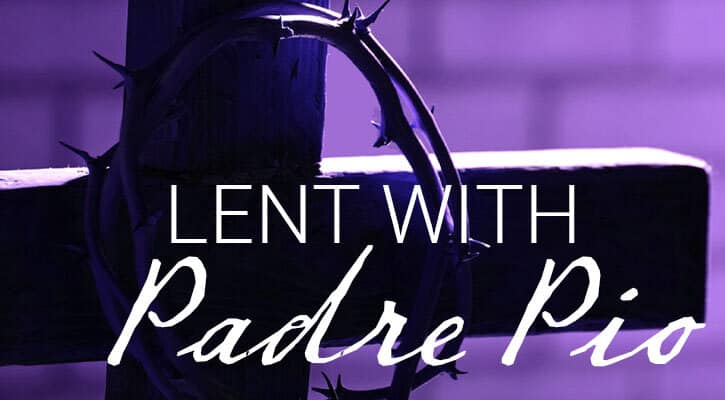“Food is my connection,” says Lidia Bastianich, a cooking show star and restaurant owner. But it was her faith that spurred her on her journey.
Take a stroll into Felidia on Manhattan’s Upper East Side and you will find a tasteful d écor. What strikes the visitor is how small the place is: just a few tables, like a space for a family get-together.
It’s 3 p.m. and the only patrons are European tourists occupying a table, engaged in a long repast complete with loud discussions. The Americans will be here for dinner later. The staff is getting ready behind the scenes.
Unlike many other Manhattan restaurants, there are no photos on the wall featuring celebrity patrons. But at the cash register are copies of My American Dream, the autobiography of cofounder Lidia Matticchio Bastianich, known to television viewers as Chef Lidia. The quiet restaurant, a place for well-off New Yorkers and visitors to enjoy exquisite, authentic northern Italian fare since 1981, is the product of a sometimes turbulent past, born out of sweat, tears, and near-bankruptcy.
But today those troubles seem to be in the distant past. Chef Lidia owns this restaurant, hosts her own PBS cooking show (Lidia’s Kitchen), and is the author of a series of popular cookbooks. And now her autobiography, released in April, describes her story, from Cold War refugee immigrant to successful food entrepreneur and philanthropist.
Tasting Freedom in America
At a table for two, Chef Lidia, 71, describes why she decided to write her autobiography.
“I want to put it down for my children,” she says (she has two, Joseph and Tanya, both contributors to the family business). She also wanted leave a record for her five grandchildren as a way for them to relate to her struggles and understand that her success came with much heavy lifting.
The autobiography developed from her popular cookbooks. While it contains a wealth of personal details and a compelling narrative, it is itself a kind of cookbook. For Chef Lidia, no recipe is simply a collection of ingredients. Each one has a story behind it.
Food permeates nearly every scene of the book. She recounts the meals she smelled and ate at her grandmother’s farmhouse in the former Yugoslavia, a country wracked by World War II and the imposition of a Communist regime. Her book covers the politics that affected her family, but the details are of the ricotta and other fresh cheeses, and warm milk from the family goat, complete with the foam it created. And there was the sausage from a freshly slaughtered pig, as well as olive oil.
Lidia describes her wide-eyed New York arrival in 1958, when she was 11. The Empire State Building towered over the skyline, well beyond anything she had ever seen in Europe. The food in 1950s America fascinated the newly arrived refugee. She marveled at Horn & Hardart’s, where the Automat produced food in abundance, seemingly out of nowhere, for a bedazzled Lidia and her younger brother. Put a few coins in a slot, and out popped Jell-O, a phenomenon she could never have imagined in Europe. The young Lidia grew to love baking cakes with Duncan Hines mixes and, later, eating 1960s-style TV dinners. Like a composer recognizing soundtracks, Lidia recounts food as the accompaniment of her life.
“The freedom of America kicked in. I couldn’t get enough of it,” she recalls while sipping mineral water at her restaurant more than six decades later.
While she marveled at the abundance of her new country, she still longed for home. Remembering her grandmother’s kitchen helped her cope with the separation. In her cooking, she tried to recreate that home-and-hearth experience.
Food Means Family
Food is more than a soundtrack for her life or a way to connect with memories. It is also a spiritual experience for Lidia that echoes her Catholic roots. “Getting together at the table with the family, it is a very special place, not unlike the Last Supper,” she says. It is a eucharistic image consistent with a Catholic worldview.
As recounted in her autobiography, Lidia prays regularly. She writes that, every night, “I spend a few minutes reflecting on my day and have a conversation with God. I thank him for all the good things that happened on this day.” Included are prayers of thanksgiving for her survival through a harrowing refugee experience and for the gift of her 97-year-old mother.
“Food was my connection,” Chef Lidia says. “God calls everyone to the table.”
Born in 1947 in what is now Croatia, Lidia was buffeted by the currents permeating postwar Europe. Her family was ethnically Italian. Her father, Vittorio, owned a small business fixing trucks and cars. Erminia, her mother, was a teacher, uncomfortable with the allegiance she was expected to show to the new government. That combination proved a target in the new Yugoslavia, intent on settling scores from the war and instituting Communism.
There was no room for her family in that new scheme. With her father, mother, and brother, Lidia left for Italy, residing for a few years in a makeshift refugee facility. “When you have to flee, you have to for a reason,” she says.
The relocations proved difficult on them all. The adversity and dependency created strains. Her parents weren’t happy attempting to fight back against a regime that marginalized ethnic Italians. For a short time, her father was imprisoned by the Yugoslav regime.
Help from the Church
Once relocated to Italy, Lidia attended a Catholic school in Trieste. She had the support of a teaching nun, Sister Lidia de Grandis, who befriended the 9-year-old. With her guidance, the young Lidia grew in confidence and spiritual strength. She learned about her Catholic faith, a subject not available back in Yugoslavia.
“We persevered because of the goodness of others,” she recalls, noting how the family relied on agencies such as the Red Cross, Catholic Relief Services, and, when they arrived in the United States, Catholic Charities. Her mother kept track of the money the family received from Catholic Charities, and, after working and saving $1,500, she offered to pay it back. Their social worker would have none of it. Just keep reporting back about your progress in your new country, the family was told.
And there was much progress to report. The family relied on the informal Italian immigrant network when they settled in northern New Jersey. Lidia’s mother and father were able to land jobs, often with the help of their children, who learned English and were able to interpret for job interviews.
Her mother eventually learned the language and began to thrive in her new country. It was a different story with her father. Beaten down by the lower-status work he was forced to do in the United States, he was never comfortable with the language and often longed for home.
They relocated again, to Queens, New York, settling in next to the rumblings of the subway tracks in the Astoria neighborhood. There, Lidia attended public school, and upon high school graduation, enrolled in Hunter College. To earn her way, she took jobs in restaurants, carefully taking mental notes of how food was prepared and the way the challenges of small businesses were met. One of her early jobs was with a bakery owned by the family of film star Christopher Walken, which employed both Lidia and her mother.
Marriage Partners, Business Partners
Then she met Felice, also an Italian immigrant who came from Yugoslavia, who undertook an intense courtship. Her mother disapproved of the match with the older man, but they were married in 1966, when she was 18 and he was in his 30s.
They honeymooned in Yugoslavia, as their old country at the time was gradually becoming more open to the West. After reconnecting with family, the couple returned to New York intent on establishing an American life for themselves.
As a new bride, and while raising two children, Lidia continued to explore a restaurant business career. She and Felice opened a restaurant in Queens, with herself as the chef and her husband as the food supplier and front-of-the-store presence. The neighborhood restaurant became a hit, and soon they opened another establishment. At the time, Americans associated Italian food with heavy sauces from southern Italy combined with American ingredients. The northern Italian fare from their new restaurants was initially unfamiliar to American palates, but it quickly took off.
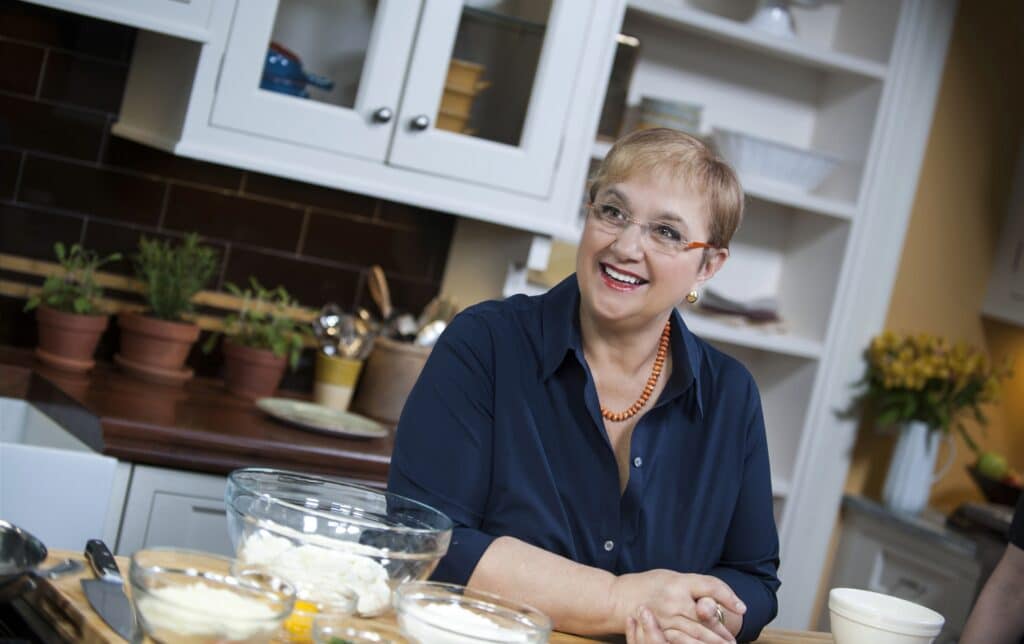
After a few years of neighborhood success, the couple took a gamble. They sold the two Queens restaurants to create a new establishment in Manhattan. It was a jump of only about 6 miles, but it meant breaking into the potentially lucrative yet highly competitive world of Manhattan eateries. The move almost bankrupted the couple, as they discovered that their new restaurant, Felidia (named for the two of them), required extensive structural repairs. When they opened, months later than planned, the first night included old neighbors from Queens and the immigrant community they both relied on.
The restaurant took off, helped by a favorable review in the New York Times. Without intending to break through barriers, Lidia became known as a prominent female chef in what had been a male-dominated field.
Famous Clientele
Through it all, food remained more than a business commodity. Lidia sees it as a connection, both to her family ties in Europe and to her television audiences. The television show, now taped in Connecticut, began after she appeared with Julia Child on a show in 1993. Chef Lidia soon began taping her own program out of the family home in Queens. Although nervous at first, she honed her television persona by looking into the camera as if it were a friend coming over to watch her pull together recipes.
Besides Julia Child, she became friendly with James Beard, the late food writer. But the most famous people she has met are Pope Francis and Pope Emeritus Benedict XVI.
Through her charity work, Lidia connected with the papal ambassador to the United Nations before Pope Benedict came to the city in 2008. She was asked to oversee dinner for the visiting pontiff and many bishops and cardinals.
The accent was German for Pope Benedict, whose own mother had worked as a chef. On the menu were sauerkraut, goulash, and strudel. It was the pope’s birthday, and Lidia helped him with the American custom of cutting the cake, guiding the pope’s hand and carving out a slice.
She also cooked for Pope Francis on his visit to New York in 2015. Pope Francis is from Argentina, but Lidia focused on his culinary connections to his ancestral home in northern Italy. On the menu was fresh fish. She was told the pope was being careful about his diet, so the fare was lean. What she remembers most about the meal was that Pope Francis spent 20 minutes of his visit in the kitchen talking to the staff. At the end of his visit, he blessed a rosary and asked the workers to pray for him.
Cooking for two popes caused her to see food once again as a great equalizer. By sharing her special gift of food, she sensed a closeness of spirit with the two men.
Hardship Softened by Charity
While her life has many such highlights, Lidia notes in her autobiography some low points as well, such as her father’s difficulty to establish connections in a new land, the struggle to open her Manhattan restaurant, and the intensity and long hours of the restaurant business that often prevented her from participating in her children’s school activities.
After 31 years of marriage, she and her husband divorced in 1997. She briefly describes a marriage falling apart because of the pressures of the food and restaurant business, something that consumed her at the time, and something her older husband wanted to leave behind.
After the divorce, Lidia focused on forgiveness, which she describes as a potent medicine. “In forgiving, you liberate yourself, and I was ready to be liberated,” she writes. Felice died three years after the divorce at the age of 70.
Since then, Lidia has devoted much of her time to charity work and her family, including watching the development of her grandchildren. All, except one who opted for Harvard, graduated from Jesuit colleges, including Boston College and Georgetown. Lidia has connected with Jesuit charities that reflect her own interests, including Jesuit Refugee Services, which works with migrants around the world.
Jesuit Father Stephen Katsouros, president of Arrupe College in Chicago, befriended Lidia when he was president of Loyola High School in Manhattan, at a time when her granddaughter was a student. “You are the most entrepreneurial person I know; you need to be on our board,” Father Katsouros pleaded with his friend. After praying to Mary for guidance, she accepted.
Arrupe College is a two-year school, focused on serving the poor and immigrants. Lidia was attracted by the mission, particularly in educating immigrants like herself. At school events in Chicago, Lidia has raised money through her cooking, helping to pay for reduced-price meals for students, and has shared her immigrant experience.
“She talks about how her family was uprooted,” says Father Katsouros, noting that the chef makes a connection with a new generation of immigrants. He says Lidia feels a need to give back in gratitude for the help her family received from the Church in both Italy and the United States. “The Catholic Church came to the rescue. They found shelter and support. That became fundamental and life-giving for her family,” he says.
Room for All at the Table
These days, there’s an increased fascination with celebrity chefs such as Gordon Ramsay, not to mention the massive increase in television shows devoted to cooking contests and behind-the-scenes looks at restaurant kitchens. Chef Lidia’s celebrity status might appear to be simply riding this crest of culinary interest. But that apparently overnight success was decades in coming, beginning with an immigrant’s tale of postwar America, when the country opened itself to newcomers fleeing the horrors of World War II Europe and the Cold War strife that followed.
“The reality is that my story parallels what is going on today,” says Lidia, noting the headlines about immigrants and refugees still struggling to make their way in what is arguably a less-welcoming America. She points out that, while she is a Catholic, she affirms the beliefs of others. Everyone, she says, needs to discover God where they are. For her, that includes an approach to cooking and eating.
She sees both her world and the realm of spirituality through the prism of food. Whether it’s in her Upper East Side Manhattan restaurant, at parties with her family, or via her autobiography, Lidia wants the world to know that “faith and spirituality took me through the hard times.”
As a refugee whose family struggled to find a home, Chef Lidia Bastianich wants to create a world where food is appreciated and, more importantly, so are people of all backgrounds. If life is a feast, she wants everyone to partake. It is a vision that animates her charitable work and a message that she hopes can be helpful to others going through similar experiences.
“Food was my connection,” she says. “God calls everyone to the table.”




